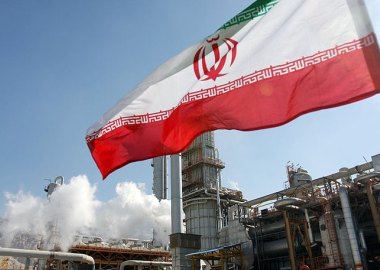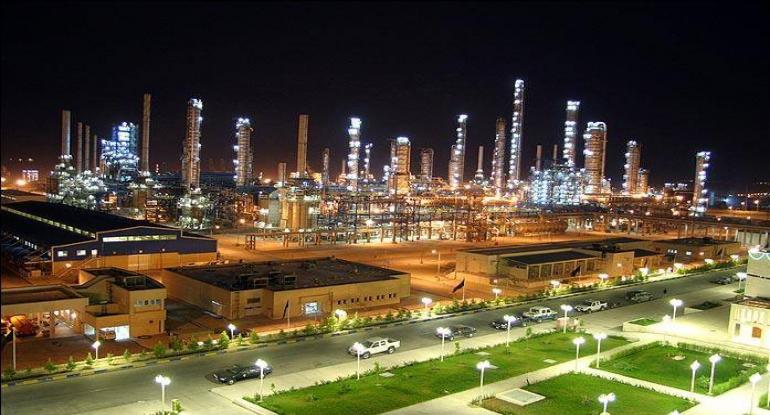صنعت پتروشیمی ایران- سه ماهه سوم 2015
BMI Industry View
BMI View: The future of the Iranian petrochemicals industry is brightening,
with prospects of a lifting of sanctions.
We note, however, that the country will be unable to ramp up production and
attract investment in the
long term unless talks over its nuclear programme result in a breakthrough.

If Western sanctions are lifted, Iran's petrochemicals capacity is expected to reach 100mn tonnes per annum (tpa) by 2020. Until now, the industry's capacity utilisation levels have been low due to a collapse in exports; and many projects are half-completed and in dire need foreign investment. At the same time, domestic consumption has been hard hit by the country's isolation. As a result, while the prospect of a lifting of sanctions will improve the outlook for the country's petrochemicals industry, it will be a long road to full recovery.
In addition, while plants may nominally come on stream, operation rates are likely to be low and plants will be operating at a loss unless Iranian producers can pass on the full costs of production onto consumers in export markets. To operate at reasonable levels of capacity utilisation, olefins output would have to increase by a third and polymers by a third, but the demand may not exist and may not have existed even without the sanctions regime.
Key Developments And BMI Forecasts
■ By 2019, Iranian ethylene capacity should have exceeded 11mn tpa and polymers capacity should be around 10mn tpa, with much of the expansion completed over the next two years.
■
The
automotive industry is seeing a surge in output, which is stimulating
consumption of a wide range of petrochemicals used in car-making,
including synthetic rubber, engineering plastics and polyurethanes.

■ However, the construction industry is set for slow growth, which will limit the market performance of construction-related petrochemicals although there will still be a turnaround from the years of contraction.
■ This quarter, Iran has marginally raised its Petrochemicals Risk/Reward index score by 0.2 points due to a 5.0 points improvement in its market risk score. However, its market risk score remains one of the lowest in the region due to the dominance of state-owned enterprises, uncertainties in feedstock and structural problems within the market. Iran remains in third place in the Middle East and Africa region, 2.1 points ahead of Qatar and 3.6 points behind the UAE.
گزارش تحلیلی بیزینس مانیتور- صنعت پتروشیمی ایران- سه ماهه سوم 2015

